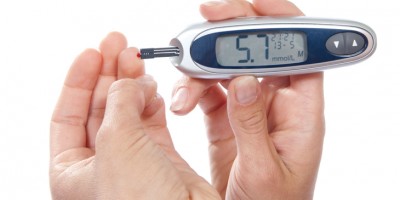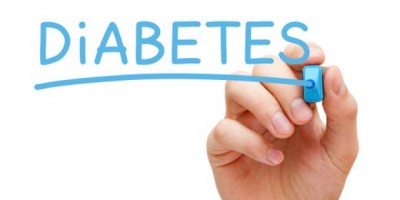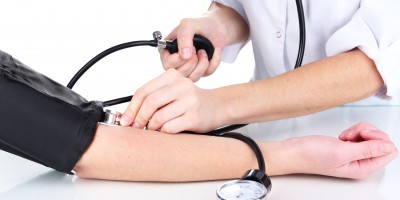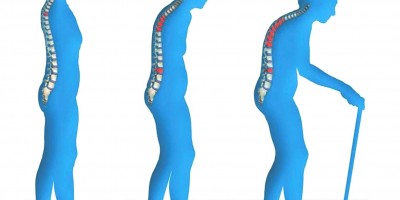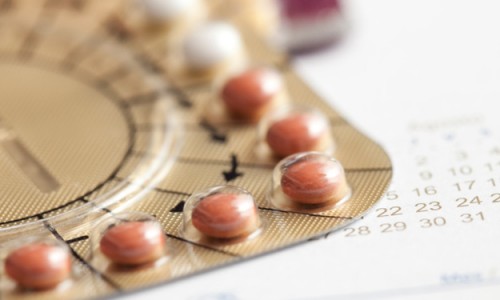Diagnosis and Treatment of Acute and Chronic Illnesses
Diabetes
Diabetes, often referred to by doctors as diabetes mellitus, describes a group of metabolic diseases in which the person has high blood glucose (blood sugar), either because insulin production is inadequate, or because the body’s cells do not respond properly to insulin, or both. Patients with high blood sugar will typically experience polyuria (frequent urination), they will become increasingly thirsty (polydipsia) and hungry (polyphagia).
Coronary Artery Disease
Coronary artery disease develops when your coronary arteries — the major blood vessels that supply your heart with blood, oxygen and nutrients — become damaged or diseased. Cholesterol-containing deposits (plaque) in your arteries and inflammation are usually to blame for coronary artery disease.
When plaques build up, they narrow your coronary arteries, decreasing blood flow to your heart. Eventually, the decreased blood flow may cause chest pain (angina), shortness of breath, or other coronary artery disease signs and symptoms. A complete blockage can cause a heart attack.
Because coronary artery disease often develops over decades, it can go unnoticed until you have a heart attack. But there’s plenty you can do to prevent and treat coronary artery disease. Start by committing to a healthy lifestyle
Hypertension
High blood pressure is a common condition in which the long-term force of the blood against your artery walls is high enough that it may eventually cause health problems, such as heart disease.
Blood pressure is determined both by the amount of blood your heart pumps and the amount of resistance to blood flow in your arteries. The more blood your heart pumps and the narrower your arteries, the higher your blood pressure.
You can have high blood pressure (hypertension) for years without any symptoms. Even without symptoms, damage to blood vessels and your heart continues and can be detected. Uncontrolled high blood pressure increases your risk of serious health problems, including heart attack and stroke.
Dementia
Dementia isn’t a specific disease. Instead, dementia describes a group of symptoms affecting memory, thinking and social abilities severely enough to interfere with daily functioning.
Dementia indicates problems with at least two brain functions, such as memory loss and impaired judgment or language, and the inability to perform some daily activities such as paying bills or becoming lost while driving.
Though memory loss generally occurs in dementia, memory loss alone doesn’t mean you have dementia. There is a certain extent of memory loss that is a normal part of aging.
Hyperlipidemia
Lipid is the scientific term for fats in the blood. At proper levels, lipids perform important functions in your body, but can cause health problems if they are present in excess. The term hyperlipidemia means high lipid levels. Hyperlipidemia includes several conditions, but it usually means that you have high cholesterol and high triglyceride levels.
High lipid levels can speed up a process called atherosclerosis, or hardening of the arteries. Your arteries are normally smooth and unobstructed on the inside, but as you age, a sticky substance called plaque forms in the walls of your arteries. Plaque is made of lipids and other materials circulating in your blood. As more plaque builds up, your arteries can narrow and stiffen. Eventually, enough plaque may build up to reduce blood flow through your arteries.
Atherosclerosis increases your risk of heart disease, stroke, and other vascular diseases. Fortunately, you may be able to reduce high lipid levels and, therefore, prevent or slow the progression of atherosclerosis. Lifestyle changes like exercising and eating a healthy diet can also lower your lipid levels and are often the first step in treatment.
Osteoporosis
Osteoporosis, or thinning bones, can result in painful fractures. Risk factors for osteoporosis include aging, being female, low body weight, low sex hormones or menopause, smoking, and some medications. Prevention and treatment include calcium and vitamin D, exercise, and osteoporosis medications.
Women's Health
PAP Smear
A Pap smear, also called a Pap test, is a procedure to test for cervical cancer in women.
A Pap smear involves collecting cells from your cervix — the lower, narrow end of your uterus that’s at the top of your vagina.
Detecting cervical cancer early with a Pap smear gives you a greater chance at a cure. A Pap smear can also detect changes in your cervical cells that suggest cancer may develop in the future. Detecting these abnormal cells early with a Pap smear is your first step in halting the possible development of cervical cancer.
Hormone Replacement Therapy
HRT (also known as hormone therapy, menopausal hormone therapy, and estrogen replacement therapy) uses female hormones — estrogen and progesterone — to treat common symptoms of menopause and aging. Doctors can prescribe it during or after menopause.
After your period stops, your hormone levels fall, causing uncomfortable symptoms like hot flashes and vaginal dryness, and sometimes conditions like osteoporosis. HRT replaces hormones your body no longer makes. It’s the most effective treatment for menopause symptoms.
Comprehensive Geriatric Assessment
Complete Physical Exam
Primary Care
Preventive Medicine
Flu shots

